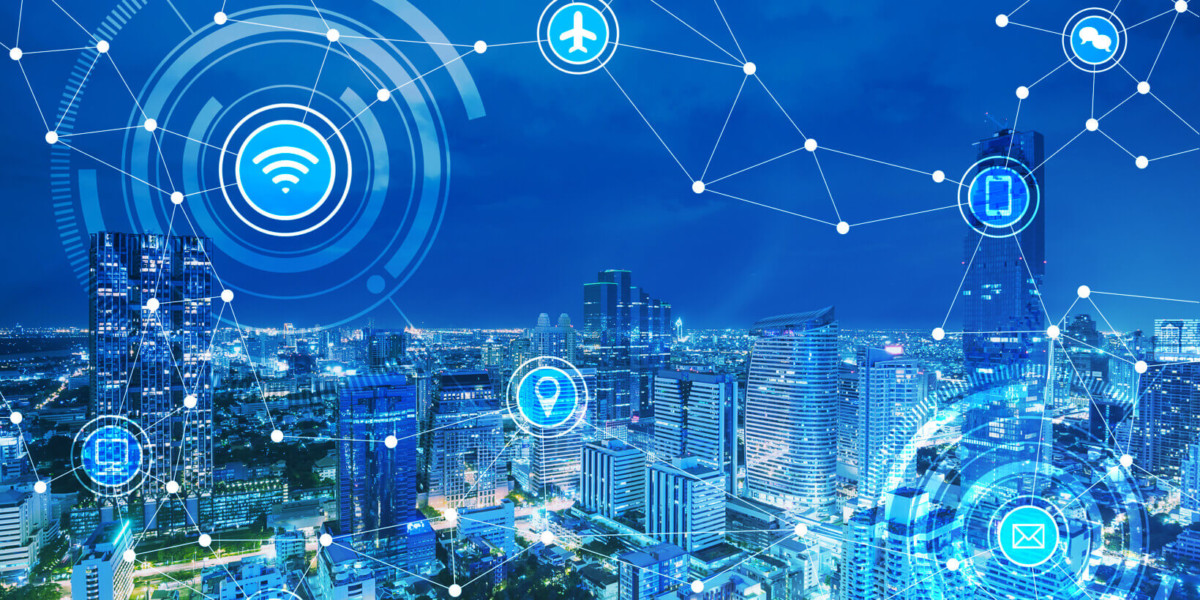

During the last few years there has been a tendency in Ukraine for smart cities or even smart regions to appear. This collocation covers everything – from the contactless travel fare implementation to the combined community budgets in one platform.
For instance, Poltava oblast has launched a tender on the first smart region in Ukraine. A park in Ternopil is being built using smart city technologies. Kyiv authorities promise to switch and have been already switching a part of the capital’s public transport to Kyiv Smart Card. However, an audit check has already found numerous financial irregularities in the course of the project.
Is it enough to be called a smart city? What should it really look like?
To answer this question, let us refer to the publication of the World Economic Forum. This respected organization has existed for almost 50 years in order to form a global agenda involving political, business and other global leaders. However, most of us are familiar with it due to the annual meeting in Davos.
According to the World Economic Forum, 65% of people will be living in cities by 2040. Sixty per cent of the world GDP already accounts for 600 biggest urban areas. According to experts, up to 80% of the future economic growth of developing regions will take place only in cities.
Given that cities are becoming an even more important drive of the global economy and wealth, it is important that their optimization of maximum efficiency should be ensured while increasing quality of life in each urban concentration. That is why cities should be made smart based on six categories.
- Infrastructure
“Smart lighting” is one of the most important decisions to be implemented into urban infrastructure. Even though “smart lighting” sounds a bit trivial at first, it should be noted that the lighting alone accounts for a staggering 19% of the world total electric power consumption.
- Houses
Heating system, energy use, lighting, and ventilation system have to be controlled and technologically optimized. Solar panels have to be integrated into the house design substituting traditional materials. The issue of a fire being detected and put out has to be tailored to separate premises.
- Utilities
Smart modulators (used to monitor and manage energy consumption), water leakage detection and the monitoring of water potability are only some of the aspects of a smart city from the side of public utilities.
- Transport
Smart adaptive fast lanes and slow lanes (for bicycles and walking) have to be implemented, while charging stations have to feed power to electric power plants.
- Environment
The decision on air contamination control, renewable energies and waste management will allow us to make cities greener. Rooftop gardens or other vegetation have to be integrated into house construction to help insulate them, provide people with oxygen, and absorb CO2.
- Life
Wi-Fi has to be available for all, and real-time updates have to inform the citizens about traffic jams, parking lots and other conveniences of a city.
According to Cisco, cities can increase their energy efficiency by 305 in 20 years by using the above-mentioned approaches.
Therefore, to authorities of the capital and other cities we wish to move beyond the existing smart-city technologies, to implement them more actively, thus making people’s lives significantly more comfortable.






